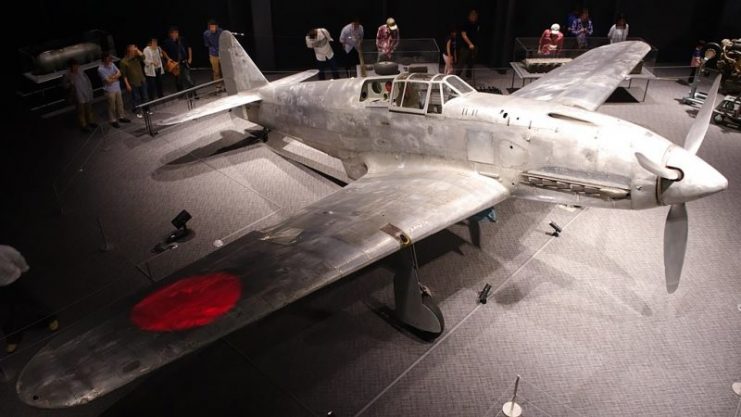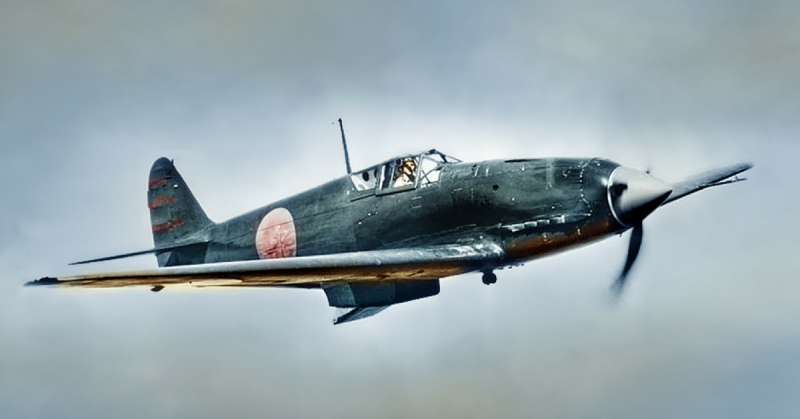The Kawasaki Ki-61 Hien was a Japanese fighter aircraft, built by Shin Owada and Takeo Doi, used by the Imperial Japanese Army Air Force (JAAF) during World War II.
It was designated an “Army type 3” fighter. Over 3,000 Ki-61s were produced during the war.
In 1939, The Japanese Imperial Navy Air Service tendered a request for two fighters to be built around the specifications of the Daimler-Benz DB 601Aa. These two fighters became the Ki-60 and Ki-61.
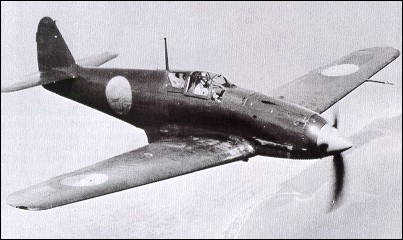
The premier prototypes were used in the Doolittle raid on 18 April 1942, as well as in many other combat missions.
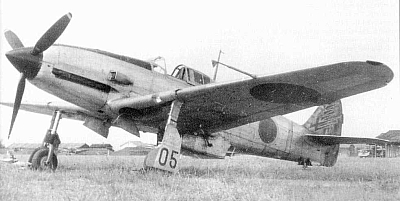
The Ki-60 was designed to be a specialized interceptor with high wing loading, while the Ki-61 was projected to be more of a general purpose fighter, used in offensives and operated at low to medium altitudes. They were both single-seat, single-engine fighters.
The Ki-60 was made of all-metal alloys, with a tensile, stressed hybrid skin.
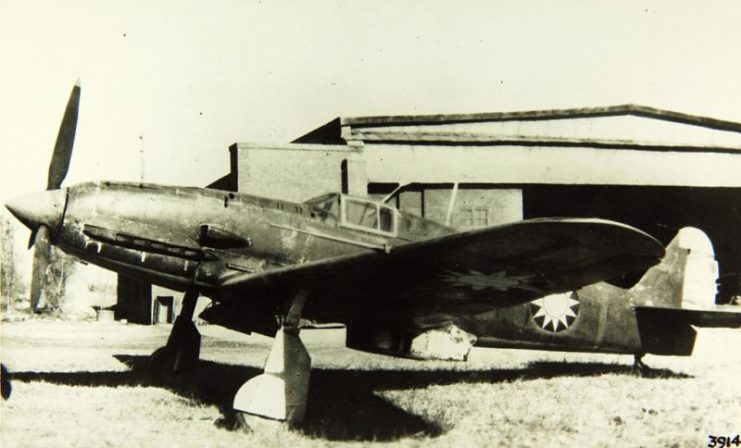
The Ki-60 was prioritized and the first prototype flew in April 1941, while work began on the Ki-61 in December 1940. Some changes were made to the Ki-61 design to correct the flaws discovered in the the Ki-60. The Ki-60’s fuselage, which was oval in cross-section, became semi-triangular in the Ki-61.
The engine bearers were integrated into the forward fuselage, with fixed side panels covering them. Its fuel tank was self-sealing, with a capacity of nearly 44 gallons, and was located behind the pilot’s seat.
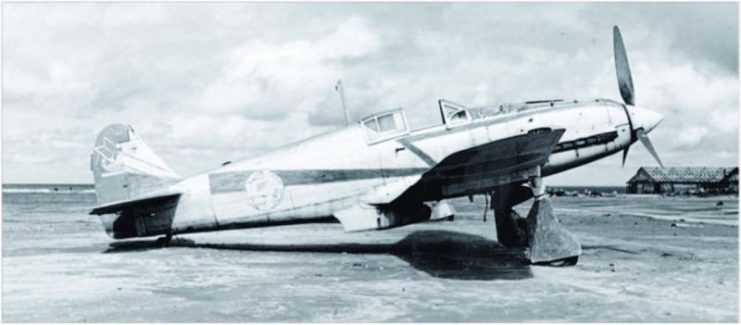
The ammunition boxes were located behind the engine bulkhead and fed a pair of 12.7mm Ho-103 machine guns that operated in unison. The windshield was armored, and there was a .5″ thick armor plate at the rear of the cockpit.
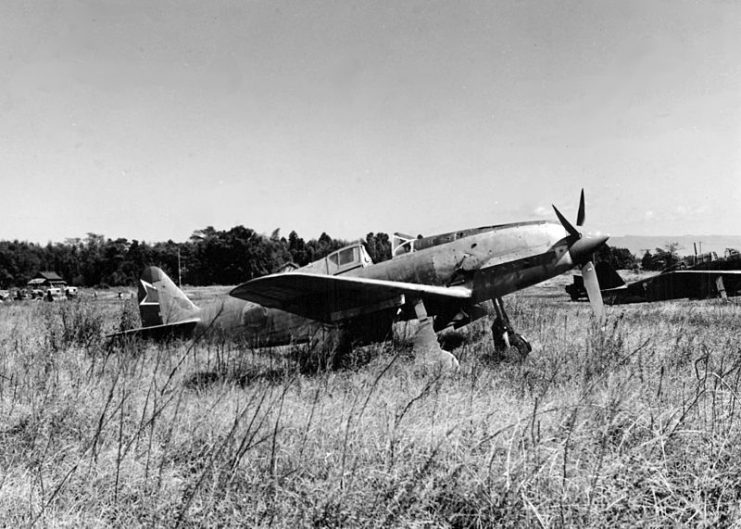
During testing, two Ki-61s were flown against a Ki-43-I, a Curtiss P-40E War Hawk, and a Messerschmitt Bf 109E-7. The Ki-61 proved to be the fastest, although it was less maneuverable than the Ki-43-I.
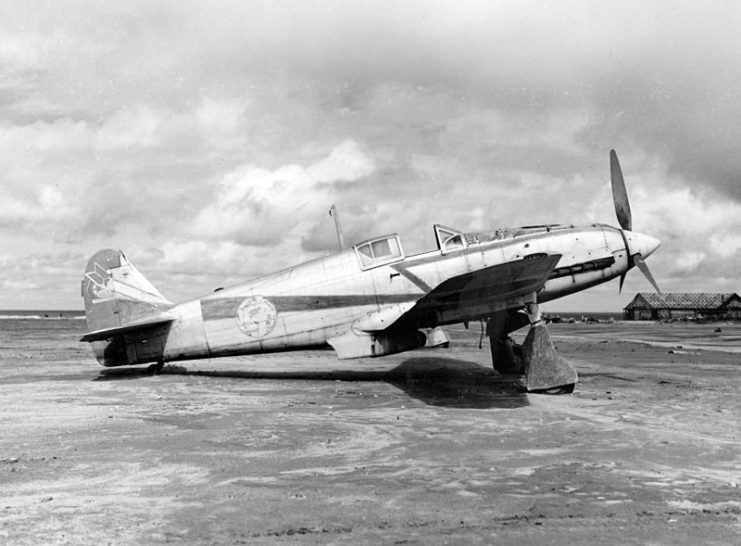
At first sighting, the Allies did not realize the Ki-61 was a Japanese aircraft because it looked different from the usual Japanese fighters. During the Doolittle raid, it was first misidentified as a Bf-109 by U.S. Army Air Forces Capt. C. Ross Greening.
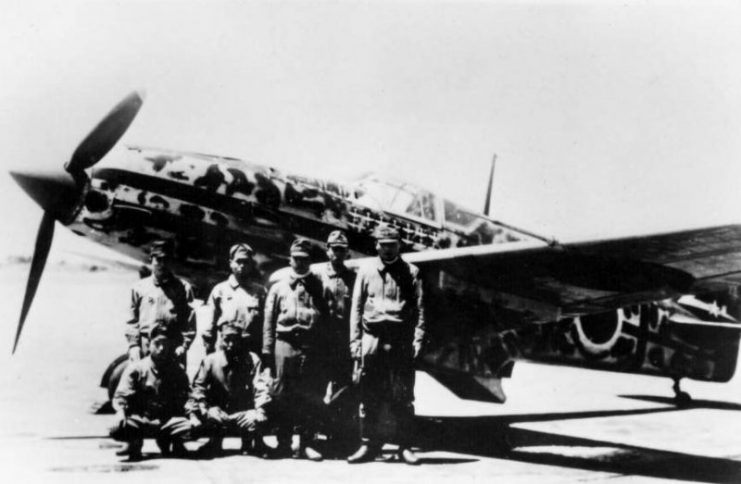
The codename “Tony” was adopted after it was also misidentified as an Italian aircraft.
The first service of the Ki-61 was with the 23rd Chutai, which was a special training unit.
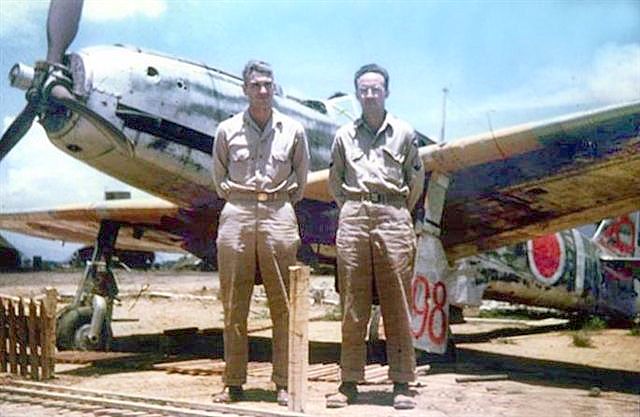
Ki-61s first saw combat in early 1943 in the New Guinea campaign. The 68th Sentai was the first air wing to be fully equipped with Ki-61s. The second was the 78th Sentai at Rabaul.
Both units were deployed to stations with adverse weather conditions and thick foliage, which hindered the efficiency of the Ki-61s and forced the JAAF to instead continue using the almost obsolete Ki-43 aircraft.
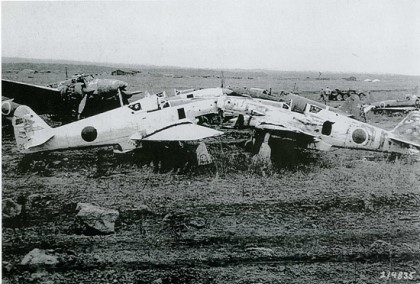
USAAF pilots found that they could no longer go into a dive to escape when pursued by a Ki-61, as they did before with other Japanese fighters.
The Japanese made use of the Ki-61 as an interceptor during U.S. bombing raids, even against Boeing B-29 Superfortresses, but it was observed that the Ki-61s’ performance declined under increased armament.
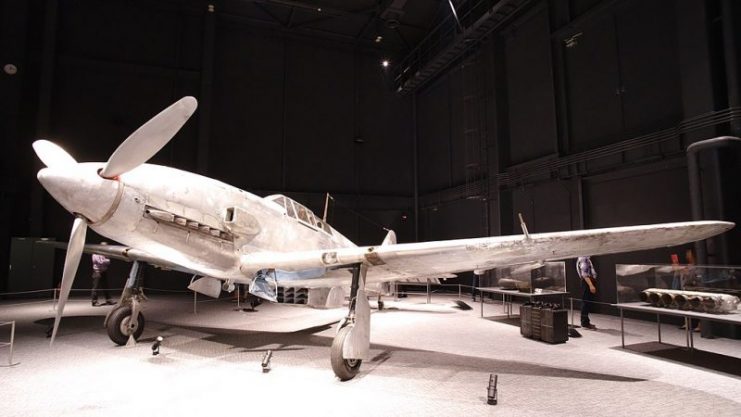
Ki-61s were also used in kamikaze missions launched toward the end of the war. In 1945, the Ki-61s were finally retired, with 12 variants and over 3,000 units produced.
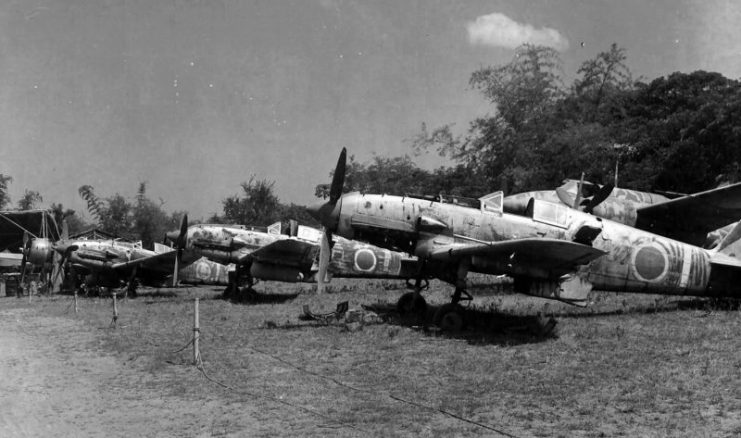
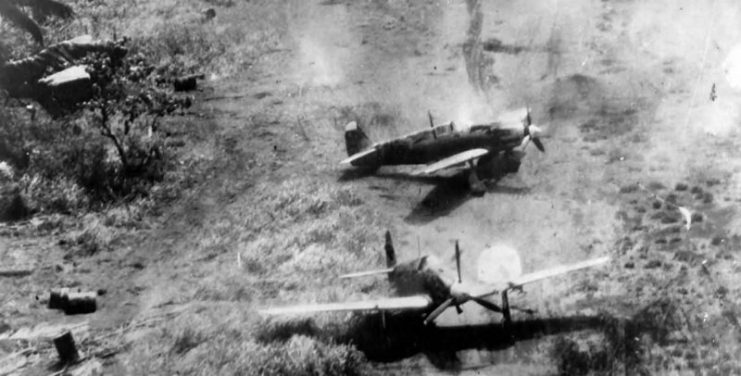
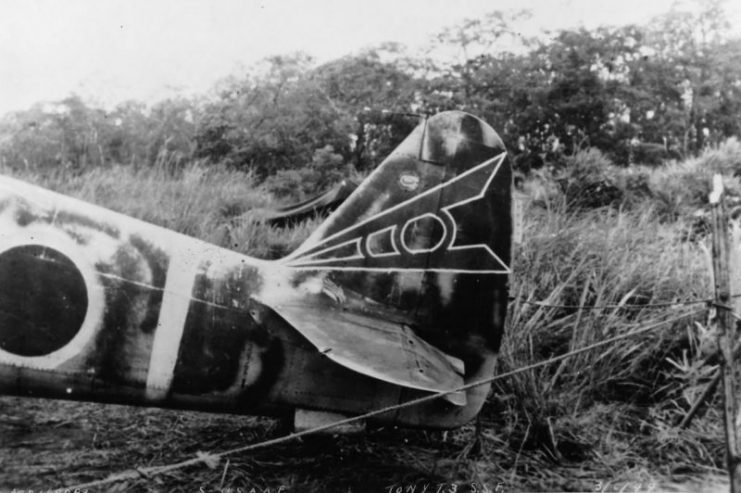
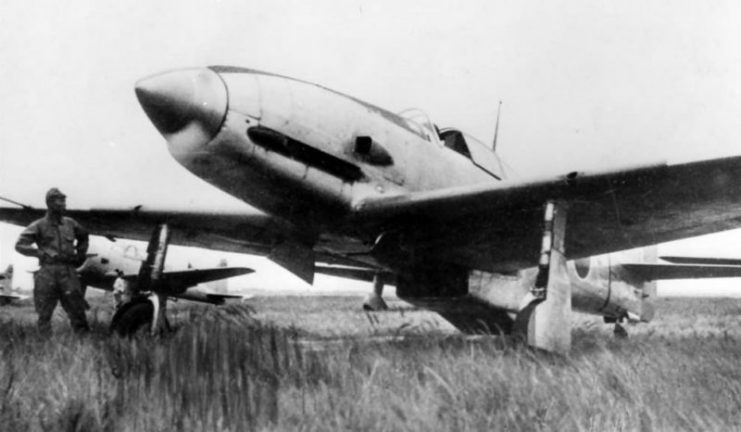
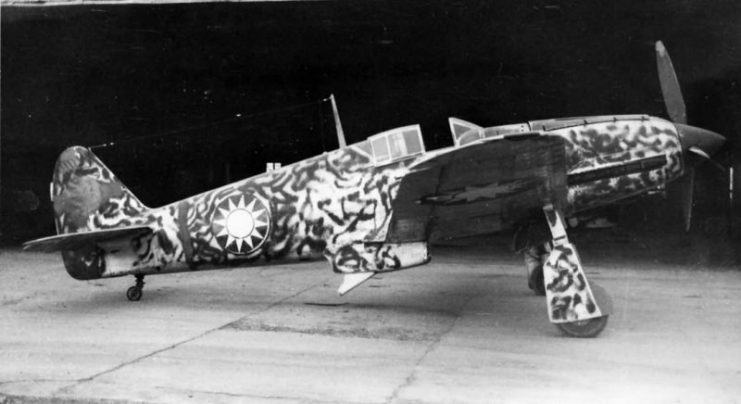
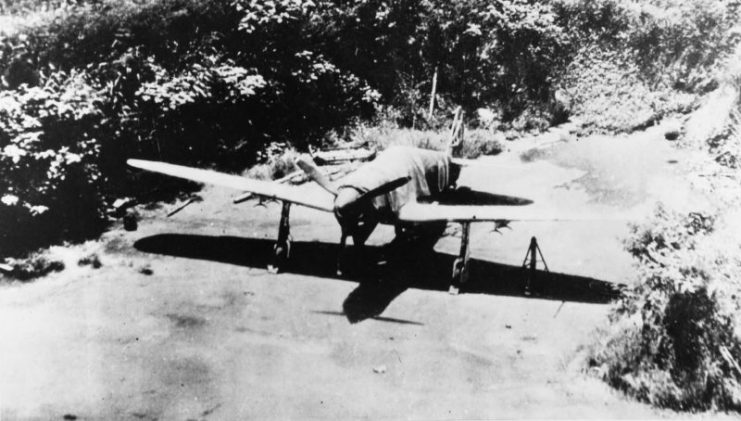
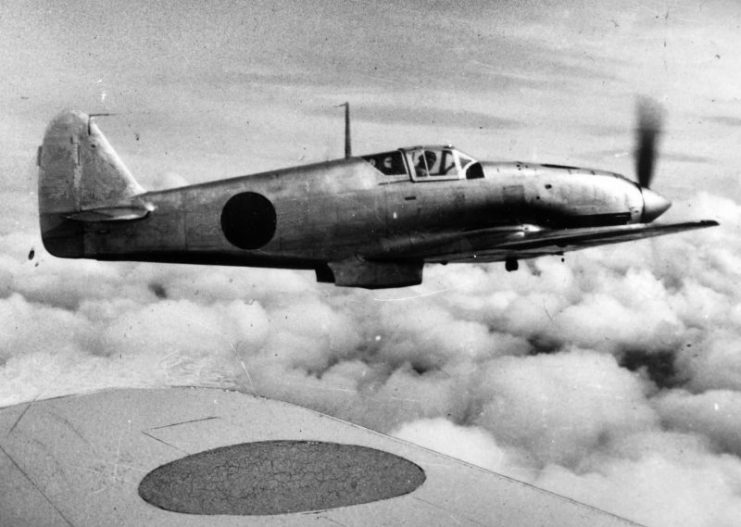
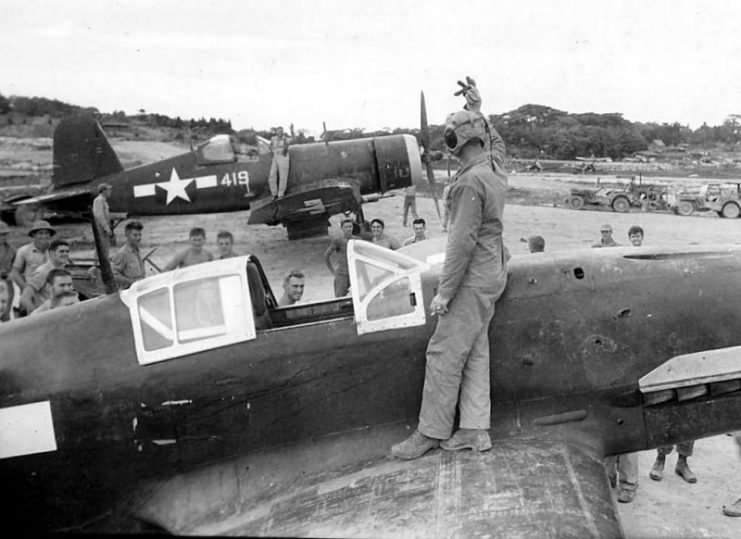
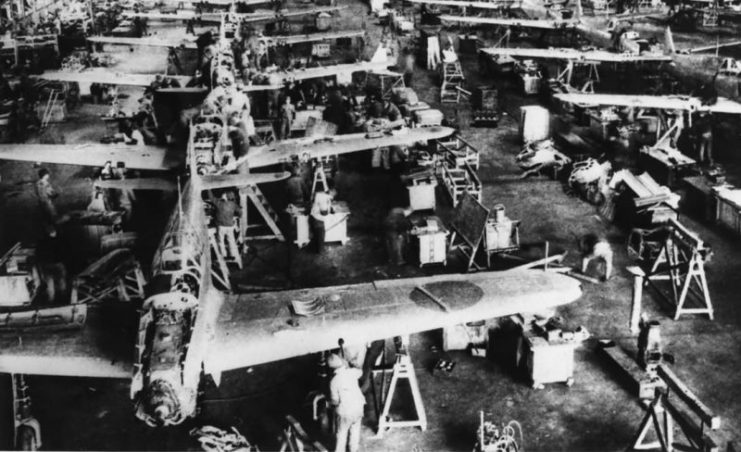
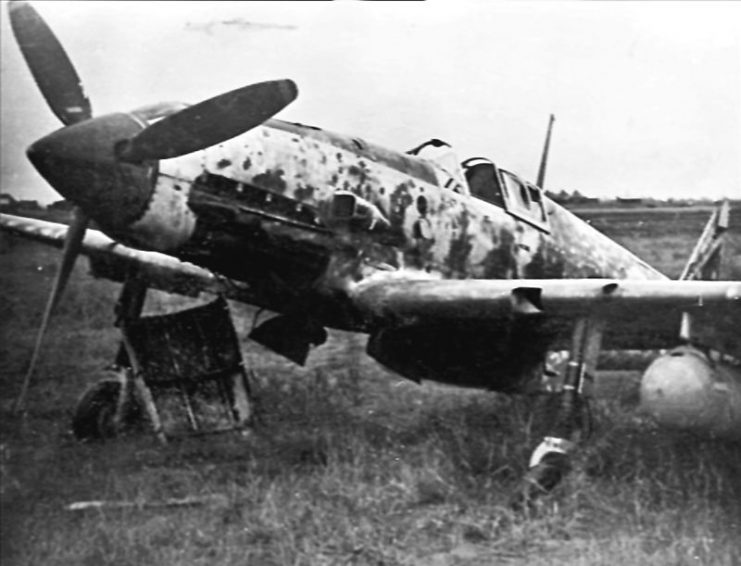
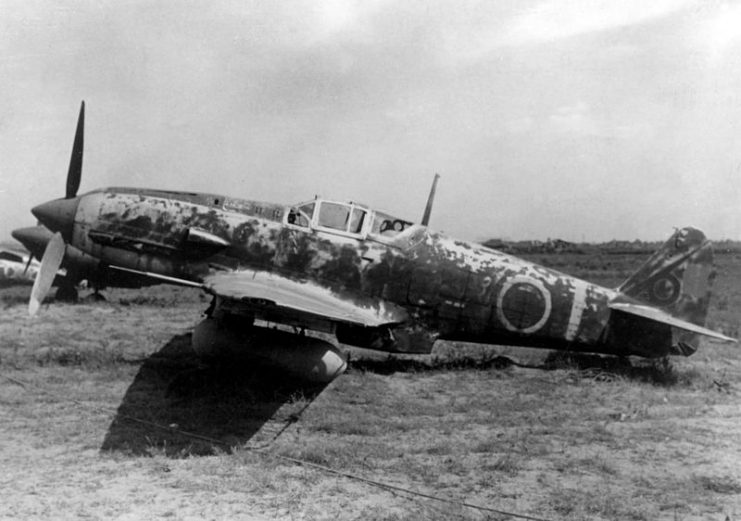
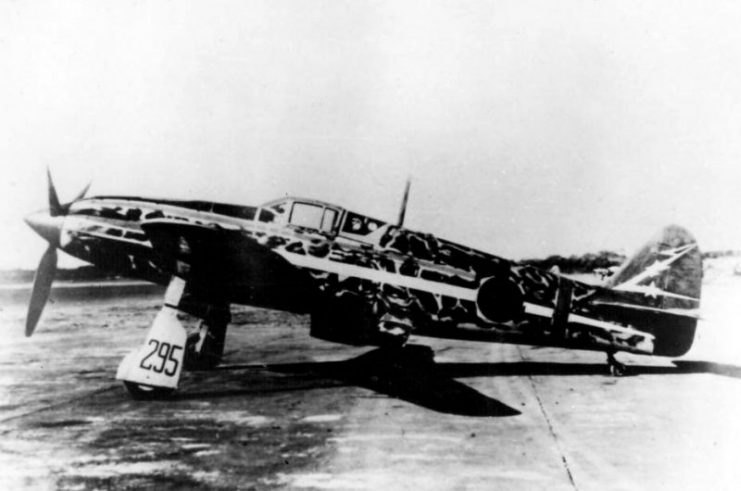
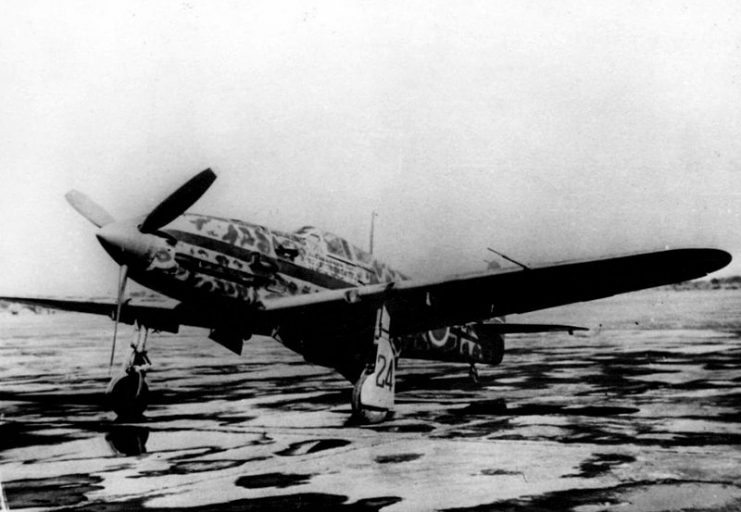
Read another story from us: “Violet Lightning” and “Mighty Wind” – Japanese Late War Fighters
